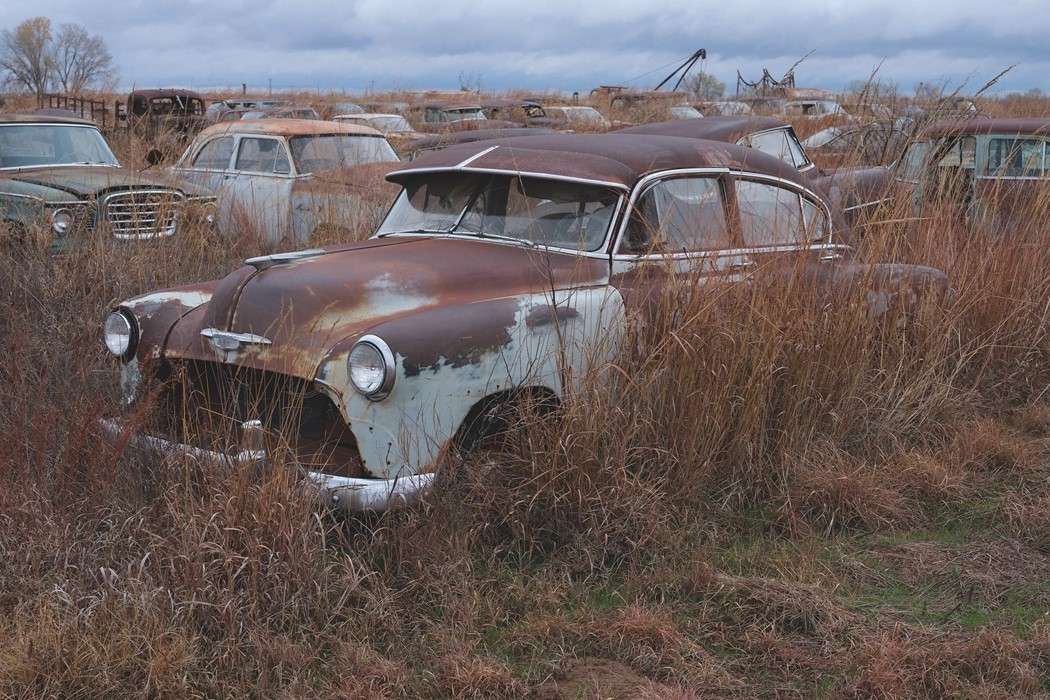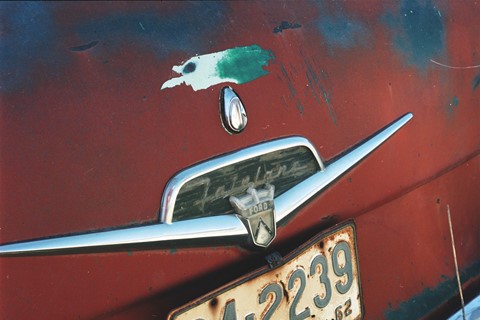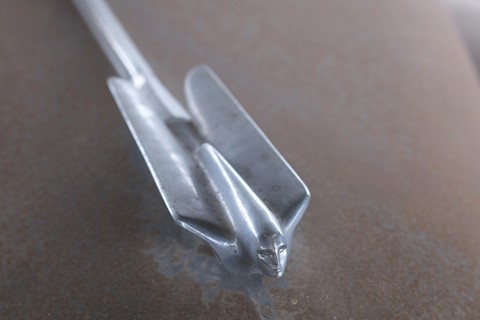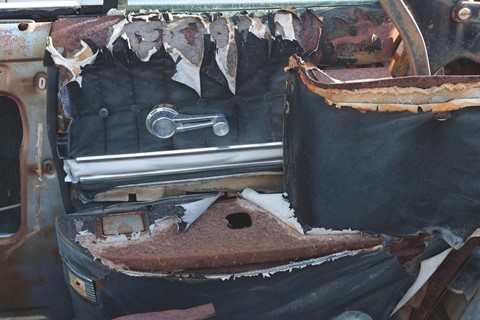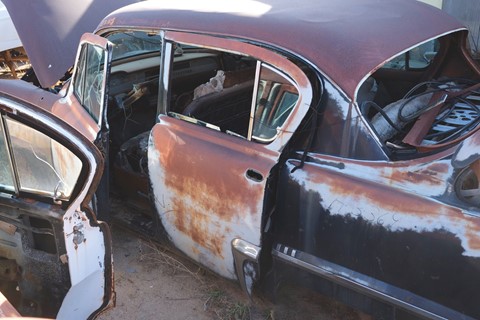Junk: America in Ruins sees the iconic creator of The Bikeriders return with a new book capturing the classic cars of Lyon’s youth and rural scrapyards of the West
Back in 1963, Danny Lyon, then 21, got his first car: a two-door 1953 Oldsmobile, black with the chrome grill and luxurious interior. Just 21 years old, the native New Yorker had joined the Civil Rights Movement and hitchhiked south, only to realise that without a car, he was going nowhere fast. Speeding along the backroads of Georgia, with nothing but red dirt fields of peanuts and cotton as far as the eye could see, Lyon was in ecstasy. “I was so happy, so young, and so alive at that moment in this big Oldsmobile,” he remembers of that moment 62 years ago. And then it hit him: he was just passing through. One day it would all come to an end.
“The whole idea of not being alive was absolutely stunning, hurtful and impossible to grasp,” says Lyon, who at 83, refuses to go gently into the night. Instead, he remains feverishly impassioned and furiously at work. Following the publication of his 2024 memoir, This is My Life I’m Talking About, Lyon has now returned with the elegiac monograph, Junk: America in Ruins (Damiani Books). Junk is a story of devotion that takes root in the classic cars of Lyon’s youth and ends in rural scrapyards of the West. Abandoned to the elements for decades on end, these once noble behemoths bore the slings and arrows of time, with years of relentless sun rays, raging rains and wind, and blankets of snow and cold ravaging them from inside out. But somehow they withstood the indignities of aging in America, and through Lyon’s loving gaze, their ruin and decay the perfect metaphor for the collapse of empire that we are witnessing in real time today.
“I’m not a photographer anymore,” says Lyon, who still carries his camera regardless of that fact. “I write and make films. I do a lot of things,” he continues. “But when I was young and just a photographer, the big thing was finding what to do.” For decades, he did just that, fully immersing himself within realms few have been up close, whether photographing a Chicago gang for The Bikeriders, incarcerated men for Conversations with the Dead, and Native American Reservations for Indian Nations. It was here, on a road trip with artist Nancy Lyon, his wife of 48 years, from their home in New Mexico to Pine Ridge Reservation in South Dakota, that Junk unknowingly began.

As they neared the site of the Wounded Knee Massacre, a strange oasis suddenly appeared: a farmer’s field filled with the battered and abandoned remains of classic American cars and trucks from the 1950s and 60s. Made in Detroit when the city symbolised a new working class that could afford to live, work, own a home, and feed a family on a factory salary. At the time, American manufacturing spared no expense, as evidenced by the desirability of parts scavenged and sold at this carefully curated scrapyard. Lyon hopped out of the car, secured permission, made some photographs, and moved on as was his wont. He didn’t give it much thought until one day 20 years later when they drove past a small field of old cars on Route 66.
The old hunkered carcasses of cars bearing names like Cadillac Coupe, Mercury Montclair, Chrysler New Yorker, and Studebaker Champion were tragic beauties portending a ghastly fate that took Lyon’s breath away. Where he once stalked inspiration, it now chased him, demanding he search the vast expanses of Oklahoma, Texas, Central Arizona and Northern Arizona for these hidden gems. Lyon made sure every car was properly identified, the captions becoming an epitaph of sorts. Shattered as they may be, their bones have stood the test of time. Pointing to a photograph of a 1960s Buick, Lyon says, “Some of my favorite pictures are the interiors of cars. Being left in the wind and the dust and the sun and the mice that are eating it, the destruction is just amazing. I asked Lacy, the young woman who helped me find almost every car, how she identified it and she said the door handle – the smallest part of the car.”
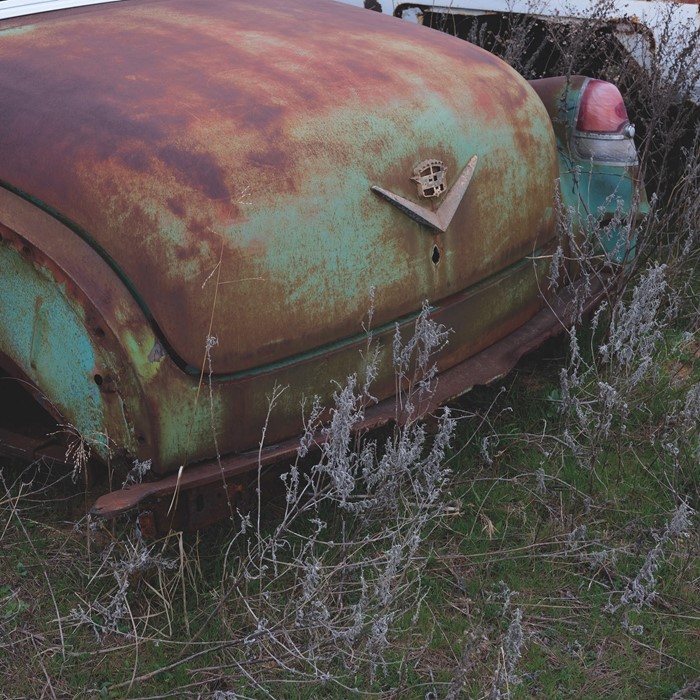
Amid the relics lies a promise to the working class made during the Great Depression, when then President Franklin Delano Roosevelt offered a New Deal that rebuilt the shattered country from the ground up. Those promises, like these cars and trucks, have been discarded one by one, abandoned and all but forgotten by the world. “There aren’t many yards like this left out there,” Lyon says. “I want to go back to the one I photographed near Pine Ridge Reservation, but I’ve never been able to find that place again. I’ve looked, but it’s not there.”
Junk: America in Ruins by Danny Lyon is published by Damiani Books, and is out now. Signed copies are available here.
